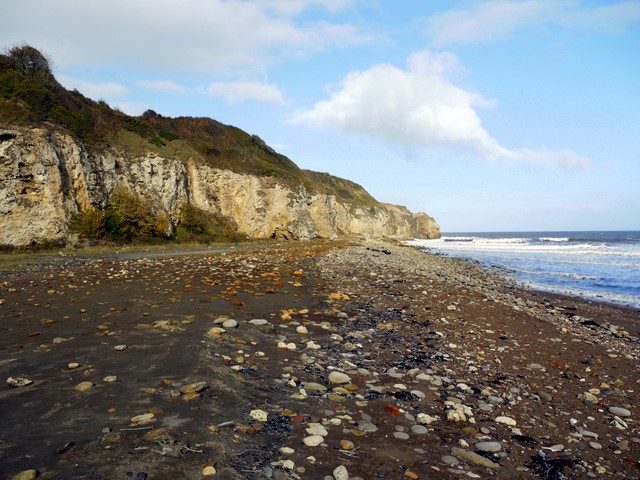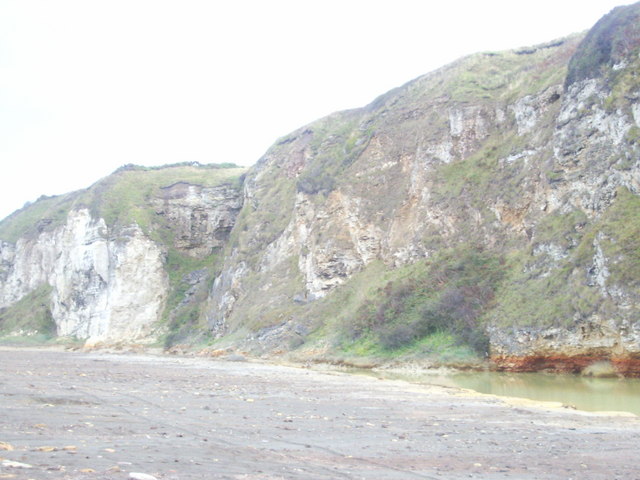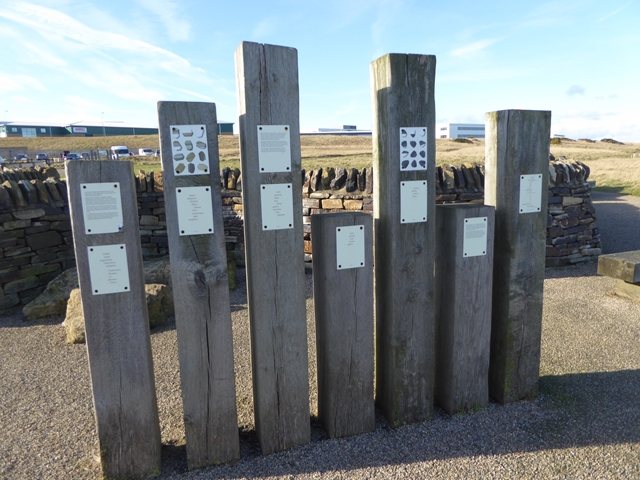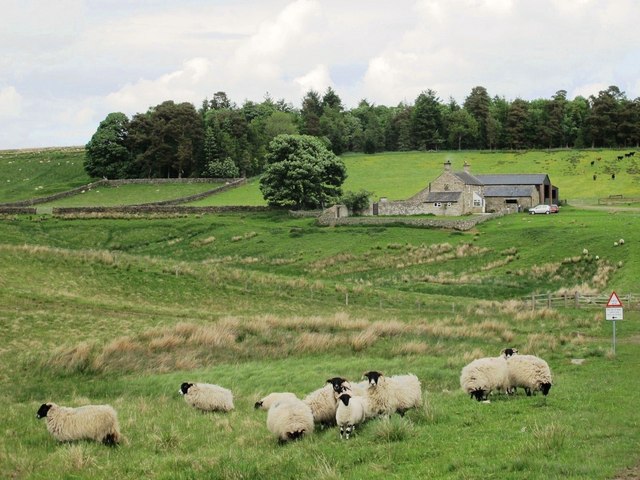Hawthorn Hive

-
Description
"Unlike the Blast Beach to the north, no colliery waste was ever dumped on the beach here. However, the dark sand shows that fine coal and iron pyrite sand along with some larger fragments have been washed in by the sea. The name Hive, originally Hythe is an Old English word for a landing place and was probably in use from Saxon times or earlier. By tradition, St Cuthbert's body is said to have been landed here and taken north along the coast to St Mary's Church in Seaham." Photo by Andrew Curtis, 2009. -
Owner
Andrew Curtis -
Source
Geograph (Geograph) -
License
What does this mean? Creative Commons License
-
Further information
Link: http://www.geograph.org.uk/photo/1539731
Resource type: Image
Added by: Simon Cotterill
Last modified: 7 years, 11 months ago
Viewed: 869 times
Picture Taken: 2009-10-16 -
Co-Curate tags









